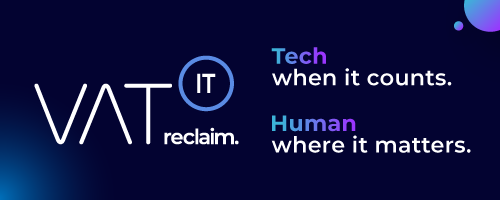E-invoicing in Egypt is a relatively new concept that has been introduced to improve the efficiency and transparency of the country’s tax system. The process of e-invoicing involves the creation, transmission, and storage of electronic invoices using a digital platform.
Here are the key steps involved in e-invoicing in Egypt:
- Registration: The first step is to register for the e-invoicing system with the Egyptian Tax Authority (ETA). This can be done online through the ETA’s website.
- Invoice generation: Once registered, businesses can generate electronic invoices using an approved e-invoicing software. The software must comply with the ETA’s technical specifications and standards.
- Invoice transmission: The generated e-invoices are then transmitted to the ETA’s online platform for verification and approval. This is done through a secure digital channel.
- ETA validation: The ETA validates the e-invoices for accuracy and compliance with tax regulations. Once approved, the invoices are issued to the customer and the taxpayer is notified.
- Archival: E-invoices are stored electronically in the ETA’s database for future reference and audit purposes. Taxpayers are required to keep copies of their e-invoices for at least five years.
Overall, e-invoicing in Egypt is a digital process that streamlines invoicing and tax compliance, reduces paperwork, and improves transparency in the country’s tax system.















